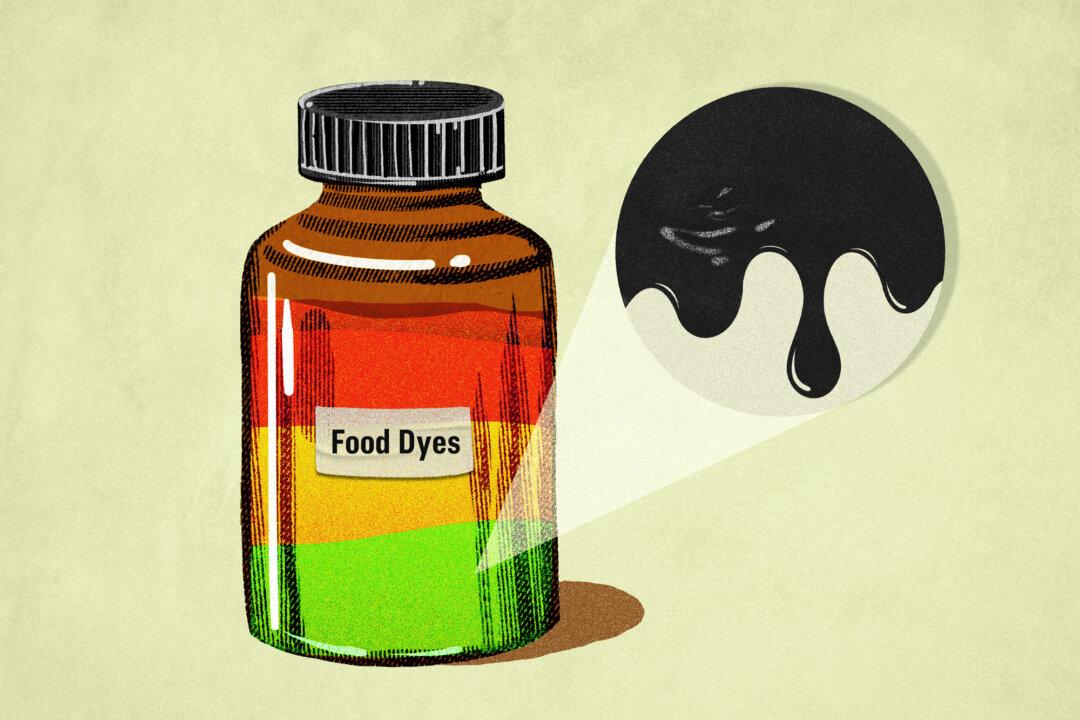Since May, a fast-growing lineage of the virus that causes COVID-19, NB.1.8.1, has been dominant in China, spreading to adjacent countries and bringing an increase in hospitalizations and emergency room admissions.
The variant has also spread to the United States, although case numbers are low.
Currently, the dominant variant in the United States is LP.8.1. However, early research suggests that NB.1.8.1 may be more transmissible than LP.8.1.
What to Know About NB.1.8.1
NB.1.8.1 is more immune-evasive and better at interacting with ACE2 proteins—a protein in the human body that the coronavirus binds to, causing infections—compared with LP.8.1.1, an LP.8.1 subvariant, according to a preprint study published in April by Chinese researchers.NB.1.8.1’s stronger immune evasion suggests that people who have gotten previous infections or vaccinations may still be susceptible to it.
The study authors concluded that, compared with other current variants, NB.1.8.1’s additional mutations give it the “potential for future dominance.”
While the virulence of the disease is still unknown, the World Health Organization said that NB.1.8.1 does not cause more severe disease than other variants.
Currently, the most distinctive symptom of NB.1.8.1 compared with other variants is a sore throat, according to news reports from China. Chinese citizens online have described the symptom as feeling like a “razor-blade throat.”
Dr. Joseph Varon, professor of medicine at the University of Houston, said that he has seen a rise in acute COVID-19 infections as people come out of spring break, although most of the acute patients recover a few days after treatment.
Dr. Keith Berkowitz, internal physician at Centers for Balanced Health in New York, has also noticed an increase in acute infections.
However, he has also seen a more worrying trend where patients are reporting lingering symptoms that coincide with a resurgence of other viruses, such as the Epstein-Barr virus (EBV).
Studies have shown that following COVID-19 infection, a decline in immunity may lead to the reactivation of other viruses such as EBV and other herpes viruses, which are slower to resolve, Berkowitz said.
“I think for COVID cases, we always follow China, traditionally,” Berkowitz said.
Prevention and Treatment for COVID Sore Throat
Varon, who has treated a few patients who have recently traveled from China, said that sore throat indeed has been a key complaint heard from his patients compared with other common symptoms of COVID-19 such as shortness of breath or fever.“It’s really kind of like a self limited illness. Within two to three days, most patients say, ‘I’m feeling better,’” Varon told The Epoch Times. Self limited illness means that the disease will naturally resolve on its own.
He recommends taking vitamin C, vitamin D, and zinc both during acute infections and as a preventive measure to strengthen the body’s immune defenses. He also advises using iodopovidone sprays in the nose and mouth to address sore throat.
Iodopovidone sprays release a broad spectrum antimicrobial agent that helps kill germs and inactivate viruses.
People who have underlying thyroid problems, however, may need to consult with their doctors, as iodine sprays may interfere with the body’s production of thyroid hormones.
Berkowitz recommends that for sore throats and swollen glands, patients can use n-acetylcysteine (NAC).
Cell studies have shown that NAC can bind to spike proteins on the SARS-CoV-2 virus to inactivate the virus and prevent it from causing infections, but it is also a well-known anti-mucolytic, meaning it can break down mucus, Berkowitz said.
Additionally, throat rinses with a baking soda solution may also help relieve the infection as baking soda increases the pH in the oral cavity, which can make the environment less viable for viruses.




